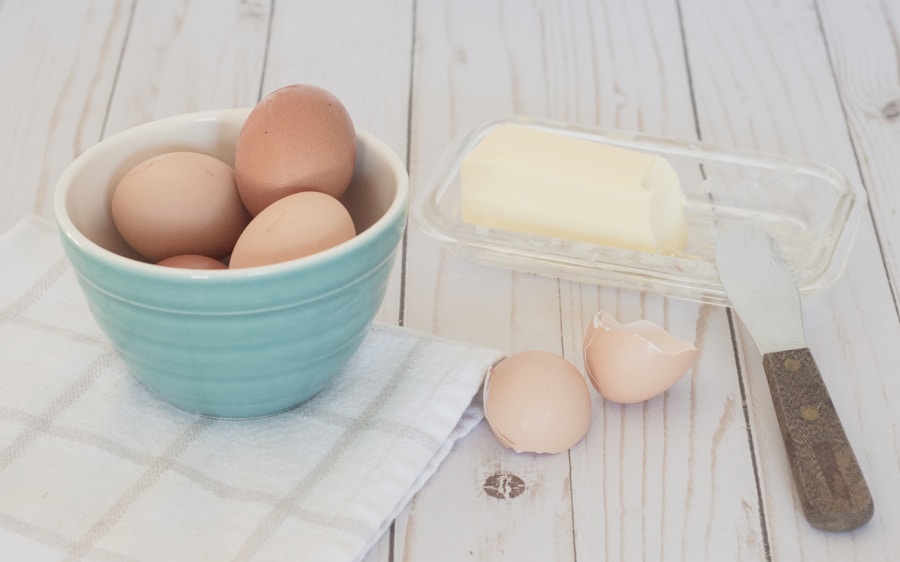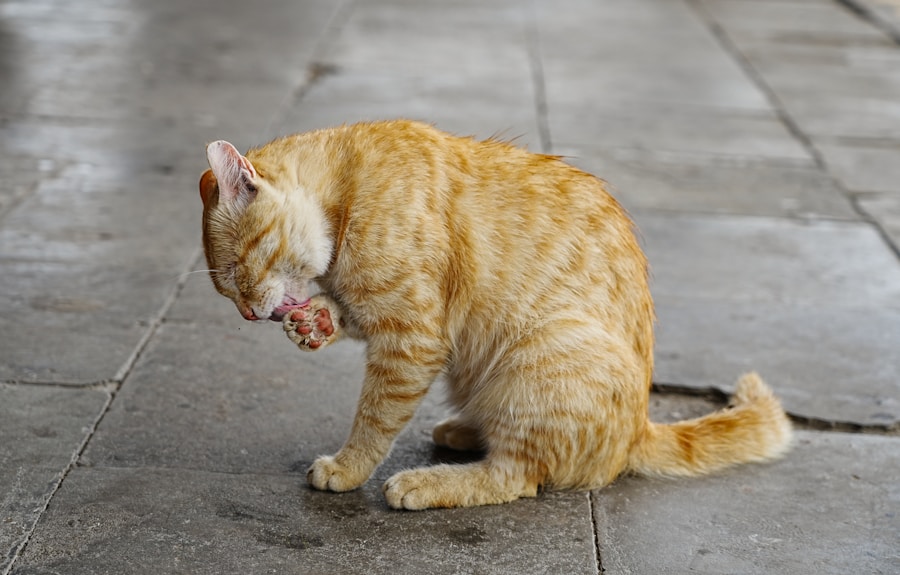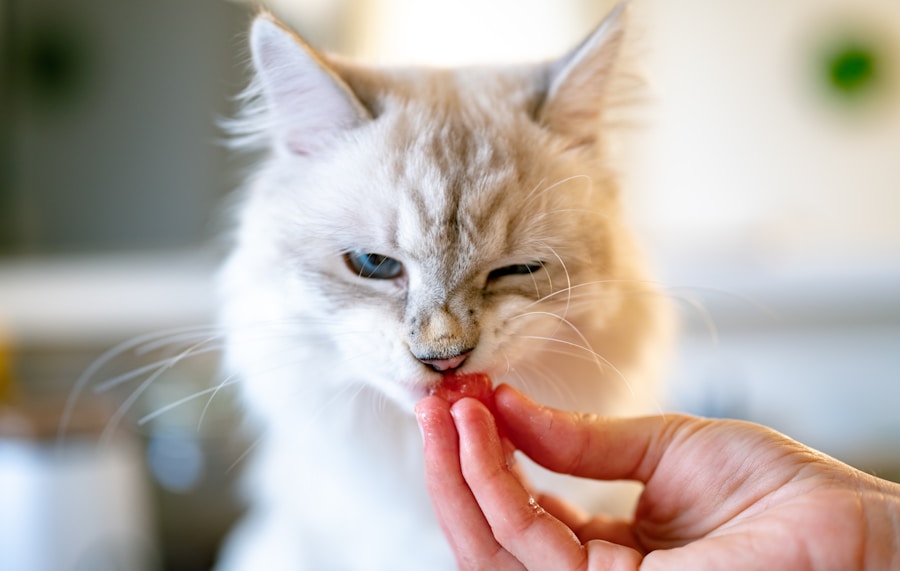Small cats, such as domestic breeds like the Siamese or the Persian, have specific nutritional needs that differ from larger cats or other animals. These feline companions require a diet that is high in protein, as they are obligate carnivores, meaning that they need meat to thrive. In addition to protein, small cats also need a balance of fats and carbohydrates to provide them with energy and essential nutrients. It is important to note that small cats have a higher metabolic rate compared to larger cats, so they require more calories per pound of body weight. This means that their diet should be nutrient-dense to ensure that they are getting all the essential vitamins and minerals they need to stay healthy and active.
Furthermore, small cats also need a diet that is rich in moisture, as they have a low thirst drive and may not drink enough water on their own. This is especially important for indoor cats, as they may not have access to fresh water sources throughout the day. A diet that includes wet or canned food can help small cats stay hydrated and prevent urinary tract issues. It is also important to consider the age and activity level of the small cat when determining their nutritional needs. Kittens, for example, require a diet that is higher in calories and protein to support their growth and development, while senior cats may need a diet that is lower in calories and higher in joint-supporting nutrients. Understanding these specific nutritional needs is crucial for providing small cats with a balanced and healthy diet.
Choosing the Right Small Cat Food for Your Pet
When it comes to choosing the right small cat food for your pet, there are several factors to consider. First and foremost, it is important to look for a high-quality cat food that is specifically formulated for small cats. This means selecting a food that is rich in animal-based protein, such as chicken, turkey, or fish, as well as healthy fats and essential nutrients. It is also important to choose a cat food that is free from artificial colors, flavors, and preservatives, as these additives can be harmful to your pet’s health. Additionally, small cats benefit from a diet that includes a variety of textures and flavors, so it may be beneficial to rotate between different types of wet and dry food to keep your pet interested and satisfied.
Another important consideration when choosing small cat food is the presence of essential nutrients such as taurine, omega-3 fatty acids, and vitamins and minerals like calcium, phosphorus, and magnesium. These nutrients are crucial for supporting your small cat’s overall health, including their heart function, vision, and immune system. Look for cat foods that are labeled as complete and balanced, as this indicates that they meet the nutritional requirements set by organizations like the Association of American Feed Control Officials (AAFCO). Finally, it is important to consider your small cat’s individual preferences and any dietary restrictions they may have, such as food allergies or sensitivities. By taking these factors into account, you can choose the right small cat food that will support your pet’s health and well-being.
Reading and Understanding Small Cat Food Labels
Reading and understanding small cat food labels is essential for ensuring that you are providing your pet with a high-quality and nutritious diet. When examining cat food labels, it is important to look for key information such as the guaranteed analysis, ingredient list, and feeding guidelines. The guaranteed analysis provides valuable information about the nutrient content of the food, including the percentage of protein, fat, fiber, and moisture. This can help you determine if the food meets your small cat’s specific nutritional needs. Additionally, the ingredient list can give you insight into the quality of the cat food, as ingredients are listed in descending order by weight. Look for foods that list high-quality animal proteins as the first few ingredients, such as chicken or fish, and avoid foods that contain fillers or by-products.
Feeding guidelines on cat food labels can also provide helpful information about how much to feed your small cat based on their weight and activity level. It is important to follow these guidelines closely to prevent overfeeding or underfeeding your pet. Additionally, look for labels that indicate that the food meets AAFCO nutritional standards, as this ensures that it is complete and balanced for your small cat’s needs. Finally, be wary of marketing claims on cat food labels, such as “natural” or “grain-free,” as these terms may not always indicate a high-quality product. By carefully reading and understanding small cat food labels, you can make informed decisions about the best food for your pet.
Common Mistakes to Avoid When Feeding Small Cats
When it comes to feeding small cats, there are several common mistakes that pet owners should be aware of in order to ensure their pet’s health and well-being. One common mistake is overfeeding, which can lead to obesity and related health issues such as diabetes, arthritis, and heart disease. It is important to follow feeding guidelines provided by the cat food manufacturer and monitor your small cat’s body condition to ensure they are maintaining a healthy weight. Additionally, avoid feeding your small cat table scraps or human foods that are high in fat or sugar, as these can be harmful to their digestive system and overall health.
Another common mistake when feeding small cats is not providing enough moisture in their diet. As mentioned earlier, small cats have a low thirst drive and may not drink enough water on their own. This can lead to dehydration and urinary tract issues. To prevent this, it is important to include wet or canned food in your small cat’s diet to ensure they are getting enough moisture. Additionally, avoid feeding your small cat foods that are high in carbohydrates or fillers, as these can lead to weight gain and digestive issues. By being mindful of these common mistakes and taking steps to avoid them, you can help ensure that your small cat stays healthy and happy.
Special Considerations for Small Cat Food, such as Age and Health Issues
Special considerations should be taken into account when choosing small cat food based on factors such as age and health issues. For kittens, it is important to select a high-quality kitten food that is specifically formulated to support their growth and development. This means choosing a food that is higher in calories and protein to meet their increased energy needs. Additionally, look for kitten foods that contain essential nutrients such as DHA for brain development and calcium for bone growth. As kittens have sensitive digestive systems, it is also important to choose foods that are easy to digest and free from artificial additives.
For senior small cats, it is important to select a cat food that is lower in calories and higher in joint-supporting nutrients such as glucosamine and chondroitin. This can help support their aging joints and prevent mobility issues. Additionally, senior cats may benefit from foods that contain antioxidants to support their immune system and omega-3 fatty acids for brain health. If your small cat has specific health issues such as allergies or sensitivities, it may be necessary to choose a specialized diet that meets their unique dietary requirements. By taking these special considerations into account when choosing small cat food, you can provide your pet with a diet that supports their specific needs.
Tips for Transitioning Your Small Cat to a New Food
Transitioning your small cat to a new food can be a delicate process that requires patience and careful planning. It is important to make any dietary changes gradually to prevent digestive upset or refusal of the new food. Start by mixing a small amount of the new food with your cat’s current food and gradually increase the proportion of new food over the course of 7-10 days. This slow transition allows your small cat’s digestive system to adjust to the new food without causing any discomfort.
Additionally, it may be helpful to offer the new food at the same time each day in a quiet and familiar environment to encourage your small cat to try it. If your pet is hesitant to eat the new food, try warming it slightly or adding a small amount of water or low-sodium broth to make it more appealing. Be patient during this transition period and monitor your small cat’s appetite and behavior closely to ensure they are adjusting well to the new food. By following these tips for transitioning your small cat to a new food, you can help make the process as smooth as possible for your pet.
Homemade vs. Commercial Small Cat Food: Pros and Cons
When it comes to feeding small cats, pet owners may consider whether homemade or commercial cat food is the best option for their pet. Both options have their own set of pros and cons that should be carefully considered before making a decision. Homemade cat food allows pet owners to have full control over the ingredients used in their pet’s diet, which can be beneficial for cats with specific dietary restrictions or sensitivities. Additionally, homemade cat food can be tailored to meet your small cat’s individual nutritional needs by including fresh ingredients such as lean meats, fruits, and vegetables.
However, homemade cat food requires careful planning and preparation to ensure that it meets all of your pet’s nutritional requirements. It can also be time-consuming and expensive compared to commercial cat food options. On the other hand, commercial cat food offers convenience and peace of mind knowing that it has been formulated by veterinary nutritionists to meet AAFCO nutritional standards. Commercial cat food also comes in a variety of flavors and textures to suit your small cat’s preferences.
However, some commercial cat foods may contain artificial additives or fillers that are not beneficial for your pet’s health. It is important to carefully read labels and choose high-quality commercial cat foods that are free from artificial colors, flavors, and preservatives. Ultimately, whether you choose homemade or commercial cat food for your small cat depends on your pet’s individual needs and your own preferences as a pet owner. By weighing the pros and cons of each option carefully, you can make an informed decision about the best diet for your small cat.
In conclusion, understanding the nutritional needs of small cats is crucial for providing them with a balanced and healthy diet that supports their overall health and well-being. Choosing the right small cat food involves considering factors such as protein content, essential nutrients, moisture content, age-specific formulas, and individual dietary restrictions or sensitivities. Reading and understanding small cat food labels can help pet owners make informed decisions about the best food for their pet based on nutrient content, ingredient quality, feeding guidelines, and AAFCO standards. Common mistakes when feeding small cats should be avoided by monitoring portion sizes, providing enough moisture in their diet, avoiding table scraps or unhealthy human foods, and being mindful of their individual preferences.
Special considerations should be taken into account when choosing small cat food based on factors such as age-specific formulas for kittens or senior cats, specialized diets for health issues or sensitivities, and gradual transitions when introducing new foods into their diet. Whether pet owners choose homemade or commercial small cat food depends on factors such as control over ingredients versus convenience and peace of mind knowing that commercial options meet AAFCO standards. By carefully considering these factors when choosing small cat food and being mindful of common mistakes to avoid when feeding them, pet owners can provide their feline companions with a diet that supports their specific nutritional needs for a long and healthy life.





